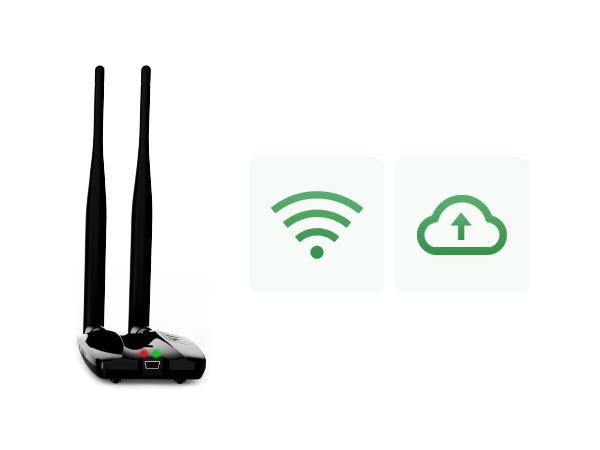When it comes to transporting chocolate, a number of characteristics need to be taken into account, not least the form in which the chocolate is held. Cocoa raw materials are considered sensitive products. Certain precautions must therefore be taken when transporting chocolate.

The cocoa powder is hygroscopical. As a result, it easily absorbs water vapor and humidity from the air. It is also sensitive to external smells and tends to dissolve, mold and warm up. This sensitivity to the outside environment means that the conditions under which powdered chocolate is transported must be strictly respected. Container surfaces must be dry, and humidity levels must not exceed recommended limits. If it is more than 25 degrees outside, chocolates cannot be stored at room temperature. They may melt and their quality may deteriorate. The visual and taste experience for your customers would suffer. Chocolate should therefore be transported at a temperature of between 10 degrees and 18 degrees. Chocolate can be negatively affected by a low temperature. It's possible that they will be covered by a gray layer. When it comes to filled chocolates, the frost can cause the filling to swell and the chocolate to crack.

The TagPlus-TH is a reusable temperature and humidity data logger with LCD display for easy visualization of temperature data. In this device, parameters can be set by a professional user prior to use. The complete trip history is recorded and downloaded in the form of numerical reports with summary data, graphs and tables. You can read the report directly on your PC. Temporary mode allows the thermometer to continue operating once users have generated and read the temporary report. It's an ideal choice for monitoring and recording temperature and humidity variations of sensitive products such as chocolate during transport.

 English
English Español
Español Русский
Русский Français
Français Deutsch
Deutsch عربي
عربي 中文
中文



